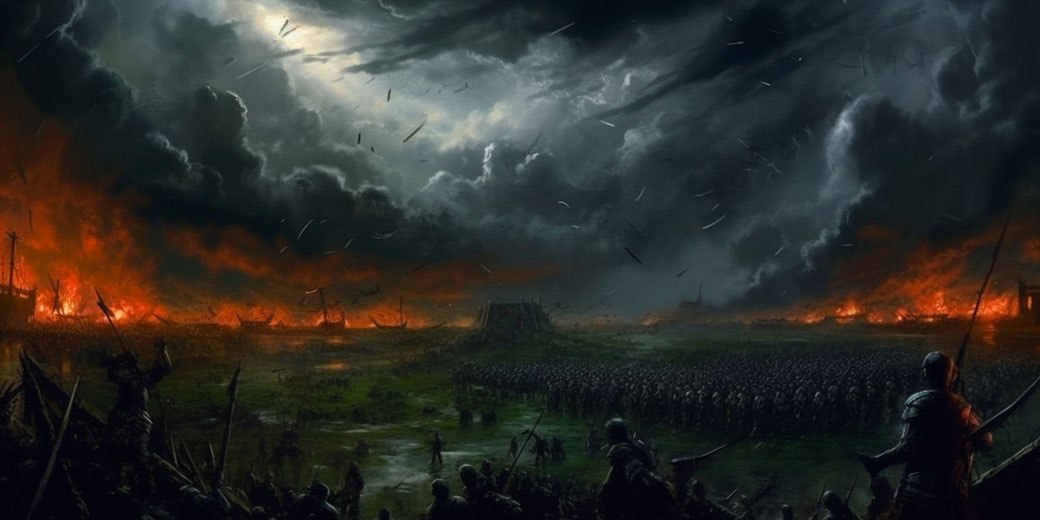Plato’s allegory of the cave is a centuries-old philosophical discussion that has managed to stay relevant since the times of ancient civilizations. It’s message is still analyzed and held as one of the more important messages for society. The allegory is a tale which informs people how ignorance is like a ‘cave’ that is difficult to escape from, and how hard it is to accept new facts and knowledge. The original text is comprised of a conversation between Plato’s brother, Glaucon, and his mentor, Socrates. They discuss the nature of reality, and how one who has always known a false reality might react when confronted with the ‘real reality’.
Humans are designed to resist change, because a fixed system is perceived by our troglodytic brains as safe, and any deviation perceived as unsafe. Through thousands of years of evolution, this response has been ingrained in people’s brains as a survival tactic. Although people may know that they should learn more and that knowledge will ultimately improve their lives and the lives of others through things like technology, there exists a very powerful instinct to stay on the beaten path, and in this cognitive dissonance, the easiest idea to express is the one that comes to people instinctually. The progress of humanity is an uphill battle against this instinct, to create and explore new things. The jump out of apathy programmed into individuals is caused by hitting rock bottom. When the fixed system or ‘cave’ cannot get any worse, the survival instinct in one’s brain will push for a change, to get out of the ‘cave’ and discover something new, because it must be better than what the current situation is.

The Renaissance, celebrated as one of the greatest periods of art, science, and technological advancement, came after the Dark Ages, in which the general treatment of people was awful, and most people had nothing. Although it took many decades, one survival instinct overcame the other, and people began to prosper. Examples of people finally overcoming their troglodytic brain in order to find progress is seen in every revolution in history, and many other places if one is willing to go looking. Many of the best poets and artists have produced what is considered to be their best works in their darkest of times. Picasso’s Blue Period is a famous example of this. Right after the Blue Period, in which he was depressed, Picasso started painting in his most well known style, cubism. These are the paintings he is most known for, because they were in a unique style. It was only after hitting rock bottom that the change was brought forth.

All of these examples go to show why Plato’s message continues to be so relevant. They are a reminder that change is good, and a call to ignore the mindset that would keep one trapped in the cave, and encourages one to seek truth and understanding. Even once one has read and understood the allegory, there is no guarantee that change will arise. The earlier mentioned cognitive dissonance will cause the desire to remain the same to prevail most times, and one cannot just con their own brain into working differently. The more this problem is talked about, the harder it is for the brain to outright dismiss change as something to be avoided, and the greater a chance for change to arise is.
